Have you ever wondered how to install drivers in windows 7? You are not alone. Its easy, especially when you know the best resource to get your answer.
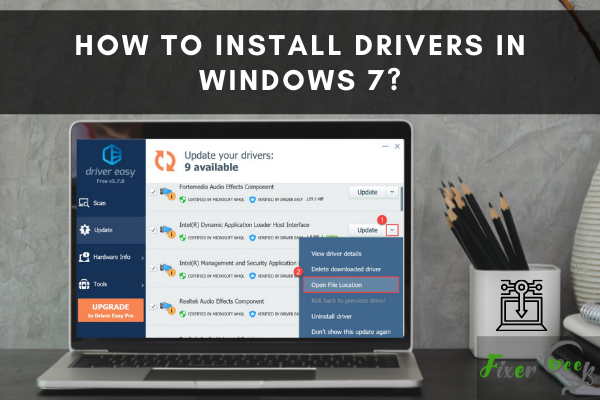
Hardware devices require drivers to operate correctly. Windows 7 installs the majority of these drivers automatically. If there are issues or conflicts with drivers, the Computer or device vendor provides a driver update to resolve the problems. We’ll show you how to install Windows 7 drivers in this article.
Device Driver
A driver is a short piece of software that illustrates how a hardware part connects the system and other software. The Computer cannot correctly transmit and accept data to hardware devices like a printer without drivers. The hardware equipment and peripherals requiring the drivers include Card reading, Modem, Motherboard chipset, network card, printer, scanner, sound card, tape drive, USB equipment, and video card.
Installing drivers in windows 7
You may update the drivers in Windows 7 in two ways: manually and automatically.
Automatic update: If you don’t have enough opportunity, energy, or technical knowledge to update drivers manually, you can do it automatically with Driver Easy.
Launch Driver Easy and select Scan Now. It will then do a scan of your machine to find any problematic drivers.
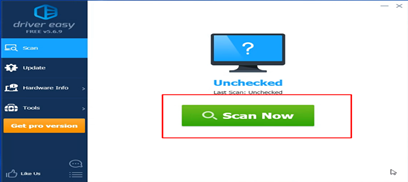
To download everything at once, click Update All. Then install all missing or outdated drivers on your machine on a proper version.
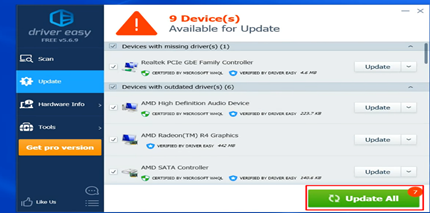
Manual update: Device Manager allows you to update drivers manually. Take the following steps.
Click the downward triangle next to update the driver you wish to edit in Driver Easy, then download it.
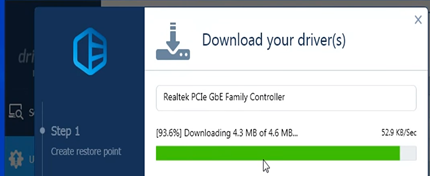
After that, right-click on the update button. To locate the downloaded driver file, click Open File Location. Then, copy the file on the Desktop to find it easily.

Hold down the “start” button and right-click Computer. Then, select Manage.
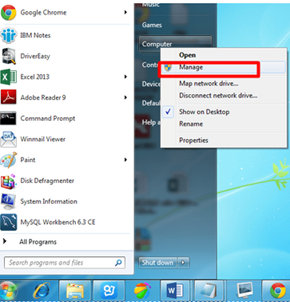
In the left pane, select Device Manager.
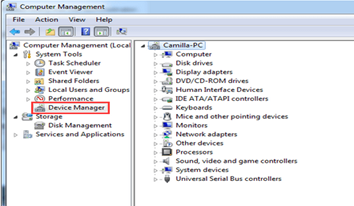
Click double on the device name for which the driver should be updated. This is done so that the device’s capabilities can be expanded. After that, right-click the device name and select Update Driver Software from the menu bar.
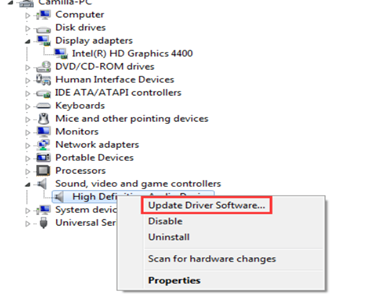
Select on the driver software browse my Computer.
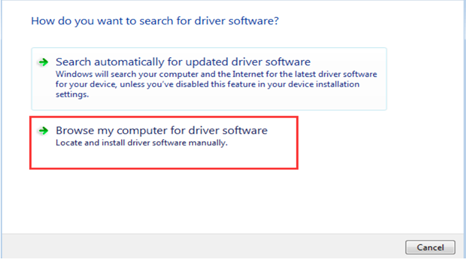
Choose to browse to navigate to the path of the downloaded driver file.
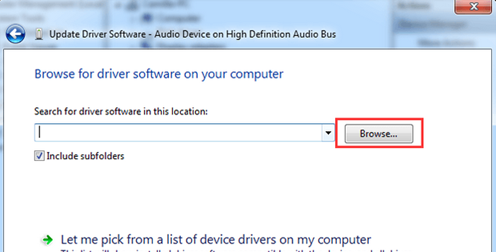
Then select the file you copied on your Desktop and click next.
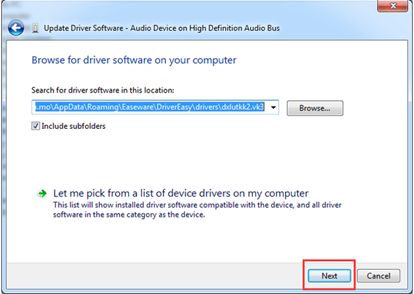
Then your driver will be updated.
Which devices don’t require drivers?
Many generic drivers are available in modern operating systems, allowing devices to function at a basic level without drivers or software. If the operating system has unknown features, though, this device doesn’t work without drivers. Any keyboard, for instance, might be plugged into a computer and expected to function. If your keyboard has any unique keys or features, you won’t utilize them until you install the drivers. Drivers are not required for devices such as the CPU, hard drive, keyboard, mouse, monitor, power supply, RAM, and speakers.
Are computer drivers available for free?
Free drivers, updates, and software are provided for almost all computer and hardware vendors. Through your computer driver page, you may get a list of direct links to all of the company’s pages. But firms no longer in business or supported goods may give free drivers. In this case, third-party companies may host and provide drivers while charging a fee.
Summary: Install drivers in windows 7
- Insert the installation disk or run the installer.
- Click the "Install" button.
- Check for any pop-ups that may appear.
- Follow any additional on-screen instructions that appear.